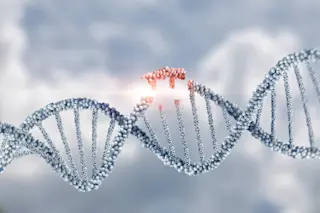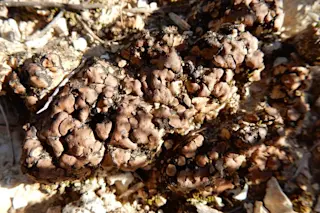The yearning for immortality dates back at least to ancient times. As human brain size increased rapidly over the past million years, our ancestors began to think increasingly about the inevitability of death and the redemptive possibility of everlasting life. Ancient pharaohs, queens, and kings used every means to ensure their vestigial persistence through future ages. They had themselves enshrined in legends, songs, and poems; they had their remains preserved in vast pyramids.
Part of the reason for that yearning may lie in the fact that people already live so long and with such self-awareness. Our species is distinctive in its ability to remember and to predict future events based upon past experience. Before the invention of writing, and even afterward, reliable predictions required the presence of memories in a living person. People well past their reproductive years could add value to their tribe by remembering early warning signs of ...














